The arm PQ of the rectangular conductor is moved from x=0, outwards in the uniform magnetic field which extends from x=0 to x=b and is zero for x>b as shown. Only the arm PQ possess substantial resistance r. Consider the situation when the arm PQ is pulled outwards from x=0 to x=2b, and is then moved back to x=0 with constant speed v. Obtain expression for the flux, the induced emf, the force necessary to pull the arm and the power dissipated as Joule heat. Sketch the variation of these quantities with distance.
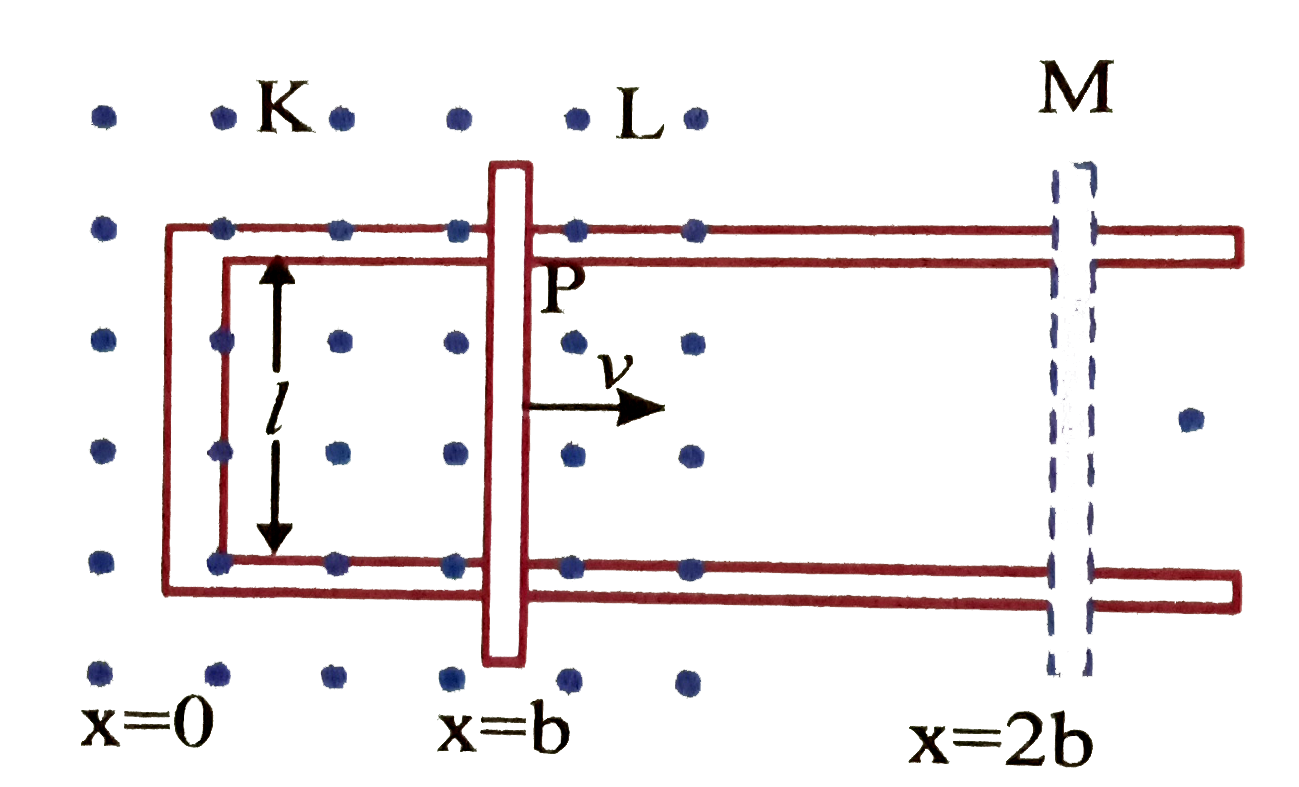
Let us first consider the forward motion from x = 0 to x = 2b The flux ΦB linked with the circuit SPQR is ΦB=Blx 0≤x<b
=Blb b≤x<2b
The induced emf is,
ε=−dΦBdt
=−Blv 0≤x<b
=0 b≤x<2b
When the induced emf is non-zero, the current I is (in magnitude)
I=Blvr
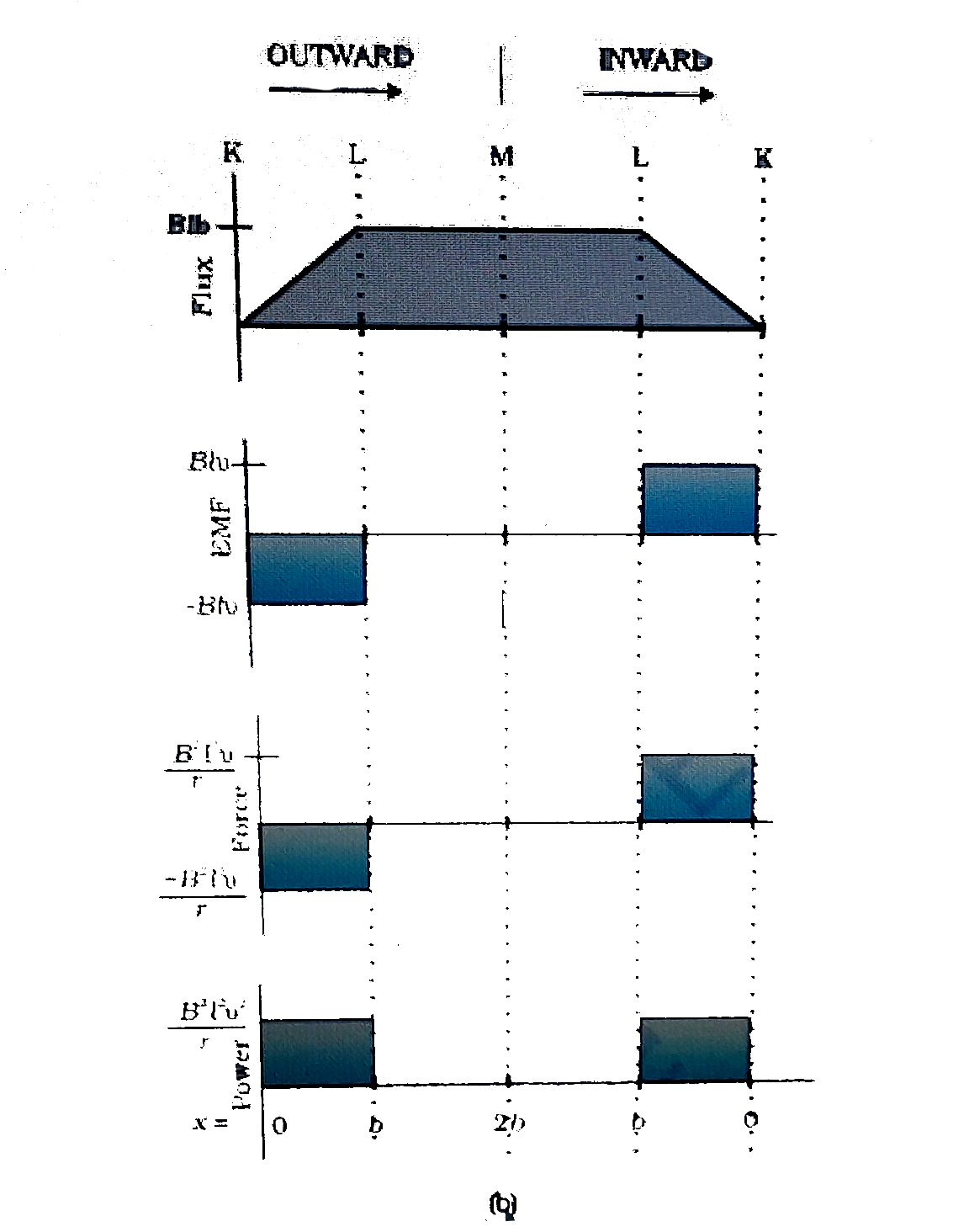
The force required to keep the arm PQ in constant motion is I lB. Its direction is to the left. In magnitude
F=B2l2vr 0≤x<b
=0 b≤x<2b
The Joule heating loss is
PJ=I2r
=B2l2v2r 0≤x<b
=0 b≤x<2b
One obtains similar expressions for the inward motion from x = 2b to x = 0. One can appreciate the whole process by examining the sketch of various quantities displayed in Fig. 6.12(b).
Topper's Solved these Questions
- BOOK - NCERT ENGLISHCHAPTER - ELECTROMAGNETIC INDUCTIONEXERCISE - Exercise17videos
ELECTROMAGNETIC INDUCTION
- BOOK - NCERT ENGLISHCHAPTER - ELECTRIC CHARGES AND FIELDSEXERCISE - Exercise34videos
ELECTRIC CHARGES AND FIELDS
- BOOK - NCERT ENGLISHCHAPTER - ELECTROMAGNETIC WAVESEXERCISE - Exercise15videos
ELECTROMAGNETIC WAVES
Similar Questions
In the situation shown, the current in arm PQ will be
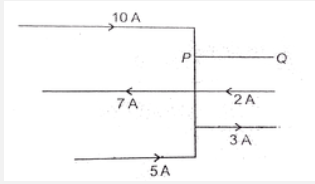 View Solution
View SolutionState Faraday's law of electromagnetic induction.
Figure shows a rectangular conductor PQRS in which the conductor PQ is free to move in a uniform magnetic field B perpendicular to the plane of the paper.The field extends from x=0 to x=b and is zero for x>b.Assume that only the arm PQ posses resistance r.When the arm PQ is pulled outward from x=0 with constant speed v, obtain the expressions for the flux and the induced emf. sketch the variations of these quantities with distance 0≤x≤2b.
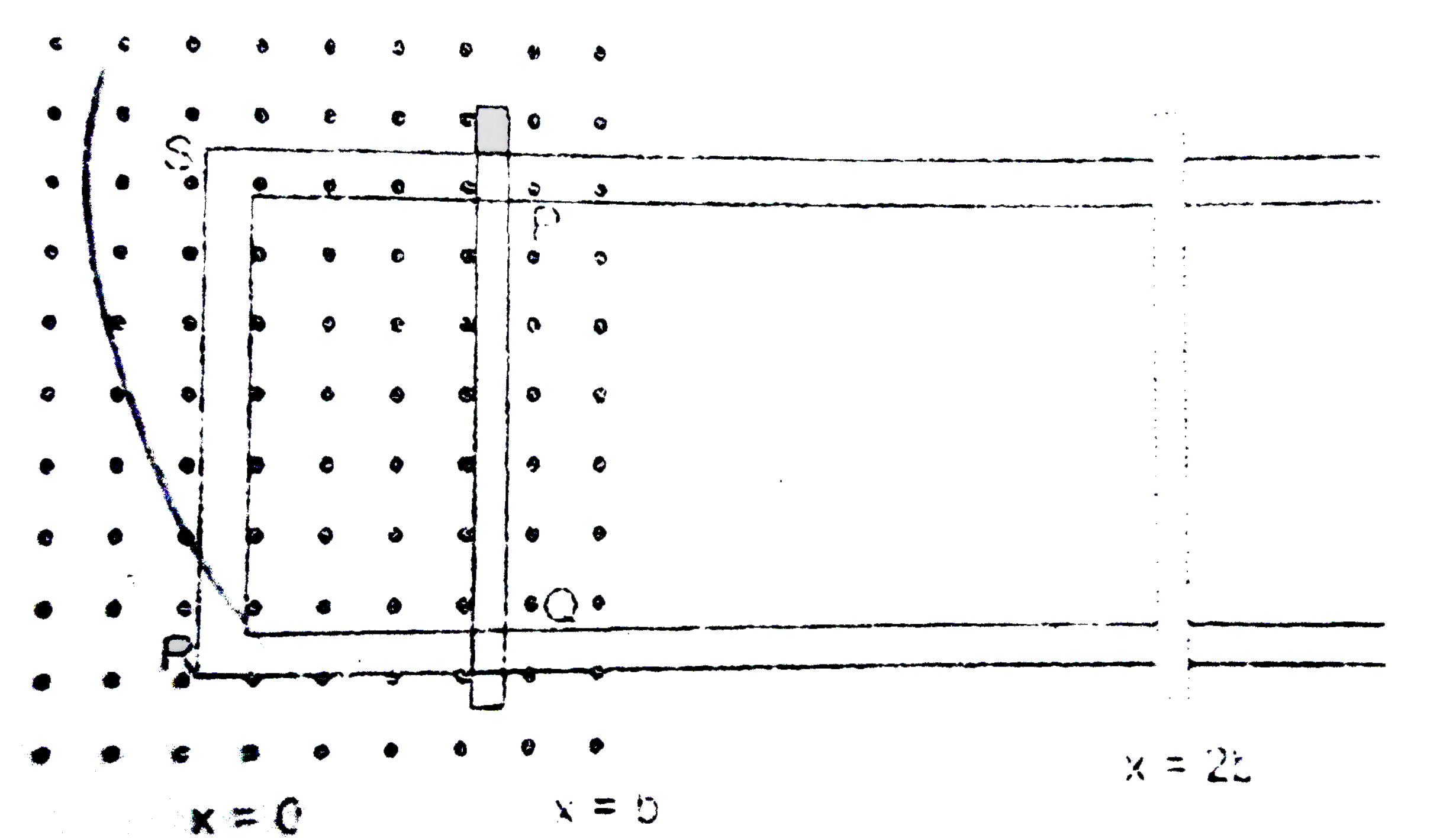 View Solution
View SolutionThe area between the arms of the curve |y|=x3 from x=0 to x=2 is
View SolutionA conducting wire MN moves with velocity V_0 along +X-axis in a uniform magnetic field (¯¯¯B=−B0ˆk)as shown in the diagram then
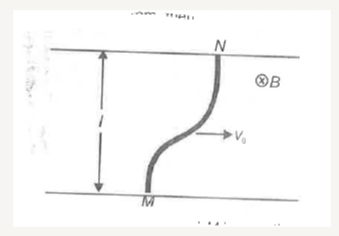 View Solution
View SolutionFigure shows a rectangular loop conducting PQRS in which the arm PQ is free to move. A uniform magnetic field acts in the direction perpendicular to the plane of the loop. Arm PQ is moved with a valocity v towards the arm RS. Assuming that the arms QR, RS and SP have negligible resistances and the moving arm PQ has the resistance r, obtain the expression for (i) the current in the loop (ii) the force and (iii) the power required to move the arm PQ.
 View Solution
View SolutionA charged particle moving along +ve x-direction with a velocity v enters a region where there is a uniform magnetic field B0(−ˆk),omx=0→x=d. The particle gets deflected at an angle θ from its initial path. The specific charge of the particle is
 View Solution
View SolutionPoint A and B are situated along the extended axis of 2cm long bar magnet at a distance x and 2xcm respectively. From the pole nearer to the points, the ratio of the magnetic field at A and B will be
View SolutionA rectangular conductor LMNO is place in a uniform magnetic field of 0.5 T Fig. The field is directed perpendicular to the plane to the conductor. When the arm MN of length 20 cm is moved with a velocity of 10 m/s calculate the emf induced in the arm. Find the value of induced current if resistance of arm MN is 5 Ohm
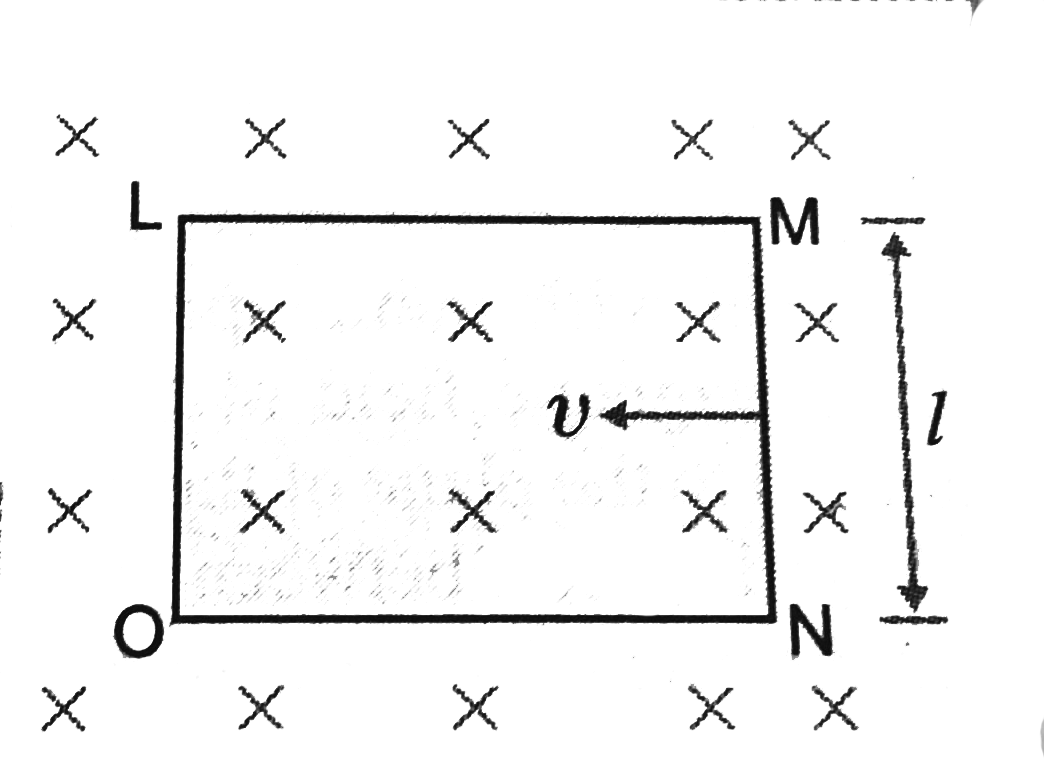 View Solution
View SolutionConsider the situation shown in . The wire PQ has mass m, resistance r and can slide on the smooth, horizontal parallel rails separted by a distance l. The resistance of the rails is negligible. A uniform magnetic field B exists in the rectangualr region and a resistance R connects the rails outsided the field region At t= 0, the wire PQ is puched towards right with a speed v0. find (a) the current in the loop at an instant when the speed of the wire PQ is v, (b) the acceleration of the wire at this instatn, (c ) the velocity v as a function of x and (d) the maximum distance the wire will move.
 View Solution
View SolutionConsider the situation shown in . The wire PQ has mass m, resistance r and can slide on the smooth, horizontal parallel rails separted by a distance l. The resistance of the rails is negligible. A uniform magnetic field B exists in the rectangualr region and a resistance R connects the rails outsided the field region At t= 0, the wire PQ is puched towards right with a speed v0. find (a) the current in the loop at an instant when the speed of the wire PQ is v, (b) the acceleration of the wire at this instatn, (c ) the velocity v as a function of x and (d) the maximum distance the wire will move.
(##HCV_VOL2_C38_E01_073_Q01##)View Solution

